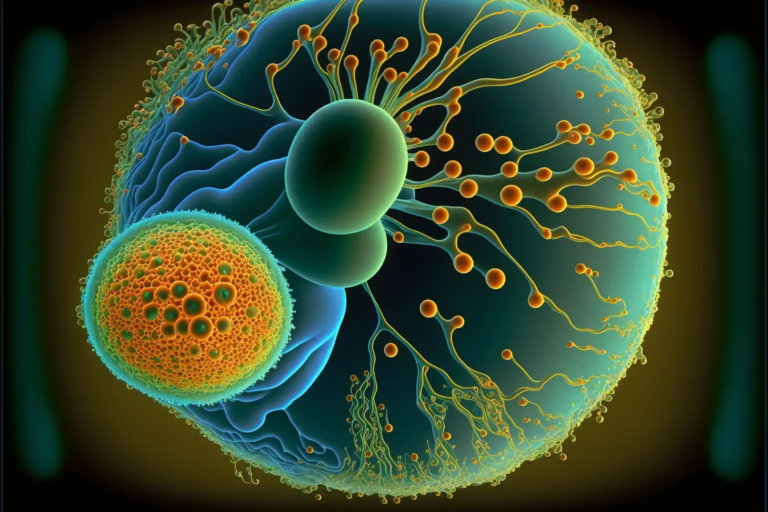Stem cell therapy has generated significant interest and hope in the medical field, offering potential treatments for various ailments.
However, along with the excitement, numerous myths and misconceptions can lead to confusion and misinformation.
Here, we debunk some of the most common myths about stem cells to help you better understand this groundbreaking field.
Myth 1: All Stem Cells Are the Same
Reality: Stem cells come in various types, each with unique properties and potential. Embryonic stem cells, for instance, can become any cell type in the body, making them highly versatile.
Induced pluripotent stem cells (iPSCs) are adult cells reprogrammed to an embryonic-like state, also capable of differentiating into various cell types.
Meanwhile, adult stem cells, like those from bone marrow or fat tissue, are more limited in their differentiation capabilities but are crucial for specific treatments like regenerating blood cells or repairing certain tissue sources.

Myth 2: Stem Cell Therapy Can Cure Any Disease
Reality: While stem cell therapy holds promise for treating numerous conditions, it’s not a magical cure-all. Research is ongoing, and while some therapies are available, others are still in the experimental stages.
For instance, stem cell treatments have shown success in bone marrow transplants for leukemia and lymphoma and are being explored for conditions such as Parkinson’s disease, spinal cord injuries, and heart disease.
In fact, stem cell therapy can now treat many ailments, but it is not a universal remedy. Each application requires rigorous testing and clinical trials to ensure safety and efficacy.
Patients should approach stem cell treatments with realistic expectations and consult with qualified healthcare providers to understand the potential benefits and risks.
Myth 3: Stem Cells Are Harvested Exclusively from Embryos
Reality: The notion that stem cells are only derived from embryos is outdated. In fact, stem cells can be sourced from adult tissues like bone marrow and fat, as well as from umbilical cord blood collected during childbirth.
These sources provide valuable stem cells without the ethical concerns associated with embryonic stem cell research.
Additionally, iPSCs have reduced the need for embryonic cells by allowing scientists to create versatile stem cells from adult tissue sources.
Myth 4: Stem Cell Therapy Is Not Safe
Reality: Stem cell therapy is generally considered safe, especially when using autologous cells (cells from the patient’s body).
However, like any medical procedure, it comes with risks, including infection or the possibility of cells behaving unexpectedly.
Safety is significantly influenced by the practitioner’s expertise and the methods used to prepare and administer the cells sources.

Myth 5: Stem Cell Injections Always Lead to Regeneration
Reality: Many believe stem cell injections will instantly regenerate lost or damaged tissues.
While stem cells can promote healing and reduce inflammation, they do not always replace missing tissues.
The primary role of stem cell therapy in many cases, is to aid the body’s natural healing processes rather than directly replacing damaged cells.
Myth 6: Stem Cell Therapy Is Legal Everywhere and Well-Regulated
Reality: The regulatory landscape for stem cell therapy varies widely globally. In some countries, unproven and unregulated treatments are marketed aggressively, posing risks to patients.
It’s crucial to ensure that any stem cell treatment is conducted in a reputable clinic under strict regulatory guidelines to ensure safety and efficacy.
Myth 7: Stem Cells Need to Be Banked at Birth for Future Use
Reality: While storing umbilical cord blood can be beneficial, especially for families with a history of certain diseases, it is not the only way to access stem cells.
Adult stem cells can be harvested from various tissues in the body at any time, providing a flexible and often more immediate source for therapy.
Myth 8: Stem Cell Therapy Is Only for the Rich and Famous
Reality: While it’s true that high-profile individuals may undergo stem cell treatments, these therapies are becoming more accessible to the general public as research advances and costs decrease.
However, it is important to approach any treatment critically and consult with healthcare professionals to understand the potential benefits and risks.
Myth 9: Stem Cell Research Is Only About Curing Diseases
While curing diseases is a significant focus, stem cell research also aims to enhance our understanding of human development and biology.
Scientists can gain insights into genetic disorders, developmental processes, and the mechanisms underlying various diseases by studying how stem cells differentiate and grow.
Key Takeaways
Understanding the facts about stem cells is essential for making informed decisions about potential treatments.
However, separating myth from reality is crucial to navigating this complex and evolving field. When considering stem cell therapy, always consult with medical professionals and rely on reputable sources of information.

